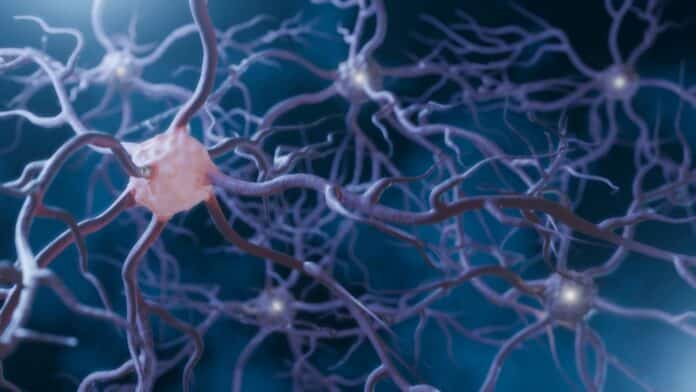The brain must carefully manage the supply and demand of oxygen to maintain tissue oxygenation continuously. However, our knowledge of how brain tissue oxygen levels change under normal conditions must be completed.
Scientists at the University of Rochester Medical Center have devised a new bioluminescence imaging technique to create highly detailed and visually striking images of the movement of oxygen in mice’s brains. This method could assist scientists in precisely studying forms of hypoxia in the brain, such as the denial of oxygen to the brain that occurs during a stroke or heart attack.
This new imaging technique demonstrates that it is possible to continuously monitor changes in oxygen concentration in a wide area of the brain. It offers a more detailed picture of what is occurring in the brain in real-time, allowing scientists to identify previously undetected areas of temporary hypoxia, which reflect changes in blood flow that can trigger neurological deficits.
The novel approach uses luminous proteins injected into cells by a virus that delivers instructions to cells to produce a luminescent protein as an enzyme and resemble those seen in fireflies. These proteins, frequently employed in cancer research, react to the chemical furimazine by creating light.
The technique for imaging brain oxygen levels was discovered by accident. The proteins were originally going to be used by the scientists to gauge brain calcium activity. However, the research was delayed due to a production fault. They decided to test the system during this time.
In an experiment, scientists used the virus to deliver enzyme-producing instructions to astrocytes, ubiquitous support cells in the brain that maintain the health and signaling functions of neurons. The substrate was injected into the brain via a craniotomy. The scientists eventually established that the recordings’ varying light intensity indicated the presence and concentration of oxygen.
Felix Beinlich, PhD, an assistant professor in the CTN at the University of Copenhagen said, “The chemical reaction in this instance was oxygen dependent, so when there is the enzyme, the substrate, and oxygen, the system starts to glow.”
Scientists could observe a large section of the mice’s cortex in real time using this technique. The intensity of the bioluminescence is proportional to the oxygen concentration, as demonstrated by changing the amount of oxygen in the air the animals were breathing.
Changes in light intensity are correlated with sensory processing. For example, when the mice’s whiskers were stimulated with a puff of air, the researchers could see the corresponding region of the brain light up.
While monitoring the mice, the researchers observed that specific tiny areas of the brain would go dark, sometimes for minutes, meaning that the oxygen supply was being cut off.
After conducting several tests, the researchers concluded that capillary stalling—a condition in which white blood cells momentarily obstruct microvessels and impede the transit of red blood cells that carry oxygen—caused the oxygen deprivation. These regions, which the researchers dubbed “hypoxic pockets,” were more common in mice’s brains at rest than when moving around. Capillary stalling has been seen in Alzheimer’s disease models and is thought to worsen with age.
Nedergaard said, “The door is now open to study a range of diseases associated with hypoxia in the brain, including Alzheimer’s, vascular dementia, and long COVID, and how a sedentary lifestyle, aging, hypertension, and other factors contribute to these diseases. It also provides a tool to test different drugs and types of exercise that improve vascular health and slow down the road to dementia.”
Journal Reference:
- Felix M. Beinlich, Antonios Asiminas et al. Oxygen imaging of hypoxic pockets in the mouse cerebral cortex. Science. DOI: 10.1126/science.adn1011
